All Info You Want to See Before the 2024 Japanese F1 GP Starts
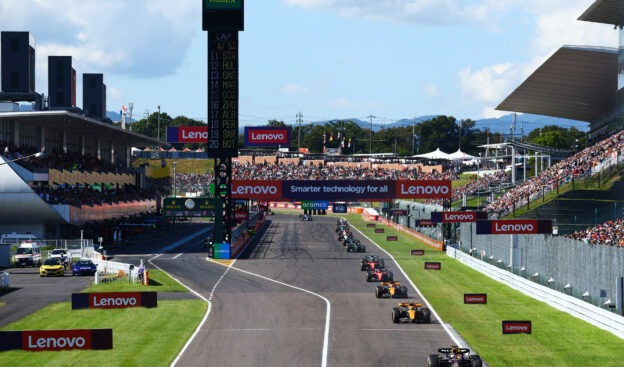
The 2024 Japanese Grand Prix will be the fourth race of the Formula 1 World Championship season. We're coming off a rare occasion where Red Bull did not win a Grand Prix, and it wouldn't be likely to see the Austrian outfit lose again.
| Contents |
| Ferrari VS Verstappen? |
| 2024 Japanese GP Facts & Figures |
| Suzuka Circuit Track info |
| 2024 Japanese F1 GP - Tyres |
| 2024 Japanese F1 GP - Weather Forecast |
| 2024 Japanese F1 GP podium |
Ferrari vs Verstappen?
Championship leader Max Verstappen's Red Bull car failed in the early stages of the 2024 Australian Grand Prix and the Dutchman retired from the event due to brake failure. Carlos Sainz led a Ferrari 1-2, followed by his teammate Charles Leclerc. The Italian team has looked dominant against the rest of the field but is clearly behind Red Bull.
Suzuka will host the Japanese Grand Prix in the first semester of the season for the first time since entering the F1 calendar in 1987. In fact, the Japanese Grand Prix is usually held near the end of the World Championship season, but things changed in 2024.
Mainly, the change to April seems like a better way to adjust the calendar, as the Japanese round is preceded by the race in Australia and will be followed by the Chinese Grand Prix in Shanghai on April 21st.
The race could be a nice scrap between Red Bull and Ferrari and that'd be great for Formula 1 fans. However, Red Bull has been extremely dominant the last couple of years around Suzuka and could be headed to another dominant display.
For the moment, Verstappen leads the World Drivers' Championship with 51 points, ahead of Ferrari's Charles Leclerc with 47. Sergio Pérez is third for Red Bull with 46 points, and Carlos Sainz is fourth for Ferrari with 40 points in only two races.
Among teams, Red Bull leads the World Constructors' Championship with 97 points, but Ferrari has gotten a lot closer after the Melbourne round, with 93 points.
2024 Japanese GP Facts & Figures
The 2024 Japanese Grand Prix is next in the Formula 1 calendar and the event will be the 37th Japanese round as part of the F1 World Championship.
The first World Championship Japanese Grand Prix took place at Fuji in 1976. Mario Andretti won the race for Lotus, and James Hunt famously won the Drivers' title for McLaren after Ferrari's Niki Lauda (as others did) withdrew due to the seemingly impossible weather conditions.
The race was again held at Fuji in 1977, with Hunt winning for McLaren in what was the final win of his career. Logistical issues meant the race was scrapped from the calendar and returned in 1987.
As in the first Grand Prix, title-deciding races became usual in Japan. Until today, the Formula 1 World Drivers' Championship has been decided 13 times in Japan, starting with Hunt in 1976 and Max Verstappen sealing the title in 2022.
Ayrton Senna reached his three titles (1988, 1990, and 1991) in Suzuka, which has hosted the Japanese round since 1987 (Nelson Piquet did the same in the 1987 event).
Alain Prost also sealed one of his titles in the Japanese Grand Prix at Suzuka (1989), while Damon Hill (1996), Mika Hakkinen (1998, 1999), Michael Schumacher (2000, 2003), Sebastian Vettel (2011), and Max Verstappen (2022) joined the list later.
Moreover, Schumacher sealed his 1995 title (his second with Benetton) at the Pacific Grand Prix, also held in Japan. Japan has seen a title decided 14 times in Formula 1 history, more than any other country since 1950 (Italy is second with 12).
Apart from some controversial title deciders and tremendous races for the championship, the 2005 Japanese Grand Prix stands out, with Kimi Raikkonen winning from 17th on the grid for his most famous win with McLaren.
In recent memory, Jules Bianchi's crash in the 2014 round is heart-breaking for Formula 1 fans, as the young French driver later died from his injuries.
The last two events in Japan were won by Verstappen, who led a 1-2 in a rain-shortened race in 2022 and dominated a dry race in 2023.
The most successful driver in the Japanese Grand Prix is Michael Schumacher with six wins (one with Benetton and five with Ferrari). Among the current racers, Hamilton leads with five wins in Japan (one in Fuji with McLaren and four at Suzuka with Mercedes). Sebastian Vettel, who retired in 2022, was another multiple champion who was successful at Suzuka, winning four times for Red Bull between 2009 and 2013.
Among teams, McLaren leads with nine wins, ahead of Ferrari's seven. Mercedes and Red Bull have six wins apiece.
Suzuka Circuit Track Info
Suzuka is one of the most beloved circuits in the world, with drivers and fans agreeing that it is one of the best race tracks in the history of motor racing.
The circuit's current layout is 5.807 km long with 18 corners. The twisty sectors and the high-speed sections of the track have remained quite similar since 1987, with some small changes made in certain corners and the last chicane, known as Casio Triangle, being moved further or closer to the 130R curve.
The track was 5.859 meters long in 1987 when it was introduced to F1, but small changes to make the sector-one corners faster and tighter have shortened the track a bit.
Suzuka has hosted the Japanese Grand Prix 33 times since 1987. It held the event without interruption from 1987 to 2006 and then returned in 2009. The 2007 and 2008 races were held at Fuji.
The 2020 and 2021 events were not held due to issues generated by the Covid-19 pandemic, while its return in 2022 presented a shortened race due to rainy weather and a dangerous situation at the start due to the FIA deploying a recovery vehicle while the Formula 1 cars were still on the track, which almost resulted in a huge crash for then AlphaTauri driver Pierre Gasly.
There will be one DRS zone in the event, as usual, in the main straight.
The current records around the 'Figure Eight' layout are the following:
Outright record: 1:27.064 min by Sebastian Vettel in 2019, driving the Ferrari SF90 at an average speed of 240,113 km/h.
Fastest Lap during a race: 1:30.983 min by Lewis Hamilton in 2019, driving the Mercedes W10 at an average speed of 229.770 km/h.
2024 Japanese Grand Prix - Tyres
The dry tyres for the 2024 Japanese Grand Prix will be the C1 as P Zero White hard, C2 as P Zero Yellow Medium, and C3 as P Zero Red soft.
Pirelli's views for the weekend were explained in a press release: "Formula 1 returns to Japan just over six months after its last visit to the country. This year, the Japanese Grand Prix takes place in April for the first time in its history: right up to last year the race was always scheduled for the second part of the season, in September or October. As a result, Suzuka has frequently crowned world champions – both in the drivers’ and manufacturers’ standings.
The last two years have been no exceptions: in 2022, Max Verstappen sealed his second title at the venue, while last year Red Bull were crowned constructors’ champions.
The fourth event of the season coincides with the peak of the cherry blossom – or Sakura – season, between the end of March and beginning of April. It’s also the very first time that the Japanese Grand Prix will be held at this time of year: the first Pacific Grand Prix took place at Aida on 17 April 1994, before moving to October in 1995. The early spring will also bring lower temperatures than the teams are used to in Japan, with average temperatures ranging between 8°C and 13°C.
Suzuka is a true classic: the 5.807-kilometre Honda-owned track tests every driver’s talents with a demanding layout characterised by a figure-eight layout, unique in Formula 1.
In addition to representing an extraordinary challenge for cars and drivers, the track also tests the tyres: both in terms of wear – due to high levels of asphalt roughness and abrasiveness – as well as through the forces and loads to which they are subjected throughout the variety of corners that make up the lap.
As usual, Pirelli has selected the hardest trio of compounds: C1 as hard, C2 as medium and C3 as soft. This is the same selection as was used in Bahrain for the first race of the season.
A two-stopper is the most common strategy, due to the energy going through the tyres and the stress to which they are subjected. However, lower temperatures might mean that a one-stop strategy becomes possible, especially for drivers who are gentle on their tyres.
On the other hand, this might make it harder to keep the tyres in the correct operating window, particularly when bringing them up to temperature on an out-lap from the pits. A one-stopper also decreases the effectiveness of the undercut, which is usually very useful at Suzuka, even with the hard and medium compounds being the preferred race compounds.
After the Japanese Grand Prix there will be two days of Pirelli tyre testing on Tuesday 9 April and Wednesday 10 April with Stake F1 Team Kick Sauber and Visa Cash App RB Formula One Team, to develop constructions and compounds for next season."
The minimum starting pressures for the tyres will be 25.0 PSI (front) and 23.0 PSI (rear).
2024 Japanese Grand Prix - Weather Forecast
Friday, Apr 5th - FP1 & FP2
Conditions: Rain
Max. temperature: 19°C
Chance of rain: 75%
Saturday, Apr 6th - FP3 & Qualifying
Conditions: Mostly cloudy
Max. temperature: 19°C
Chance of rain: 25%
Sunday, Apr 7th - Race
Conditions: Periods of rain
Max. temperature: 19°C
Chance of rain: 90%
Who will be on the 2024 Japanese Grand Prix Podium?
Red Bull against Ferrari at Suzuka? Save us a seat to watch that show. However, will it occur? It isn't likely to see Red Bull struggling in two consecutive races. The Austrian team hasn't gone two races without winning the Grand Prix since July 2022 (British and Austrian Grand Prix).
Max Verstappen is looking to start another winning streak after missing out in Australia, as he had won 19 of the 20 races preceding the 2024 Australian Grand Prix. As incredible as it may sound, it is highly likely that we've seen the last race that Red Bull and Verstappen won't win in 2024.
Unfortunately for those who would love to see competition for race victories, that's how dominant Red Bull has been since the second half of the 2022 F1 campaign. The team could still go on and win every race left in the 2024 Formula 1 calendar, and it wouldn't surprise anyone.
On its side, Ferrari seems to be a lot better than the likes of McLaren (Oscar Piastri and Lando Norris), Aston Martin (Fernando Alonso and Lance Stroll), and Mercedes (George Russell and Sir Lewis Hamilton).
The SF-24 is clearly the second-best car and it could definitely mean that the Italian team could fight for wins in tracks that suit the car magnificently, as happened in Australia.
The prediction for the top three of the 2024 Japanese Grand Prix is 1. Max Verstappen, 2. Charles Leclerc, 3. Carlos Sainz.
✅ Check out more posts with related topics:


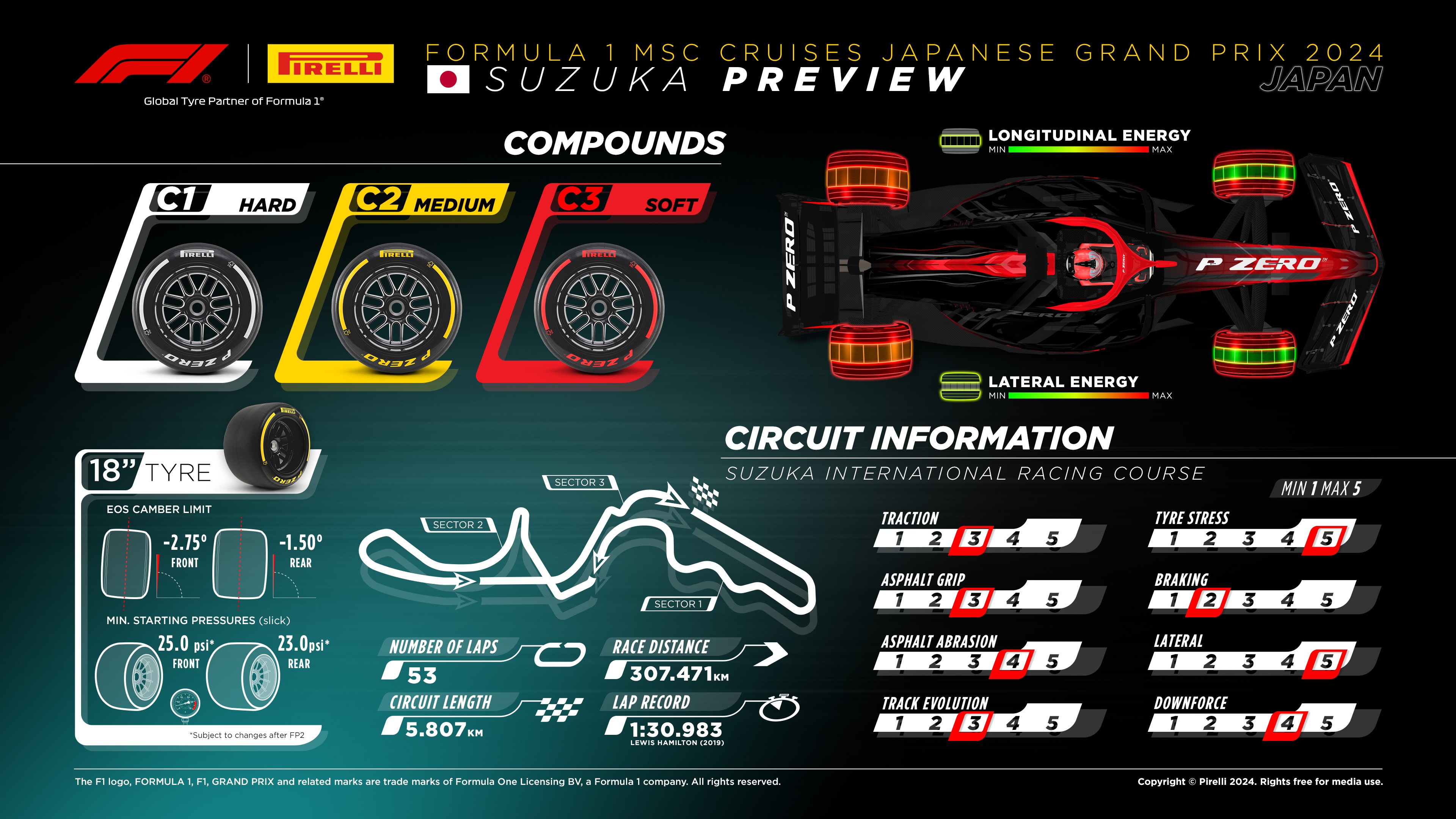

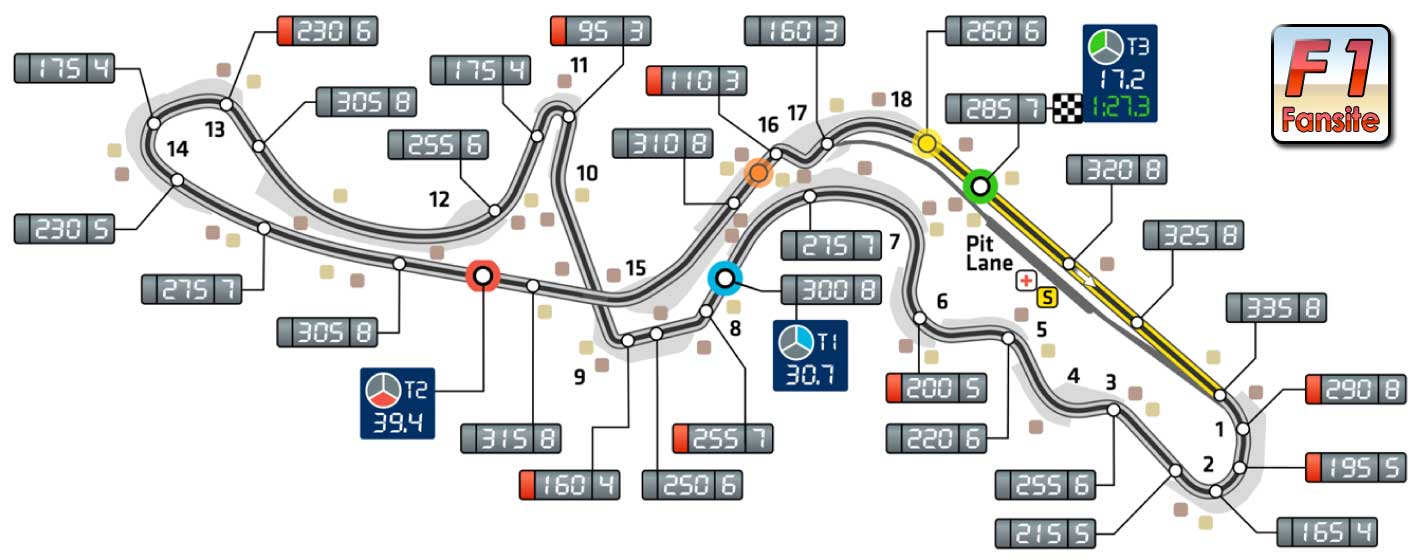
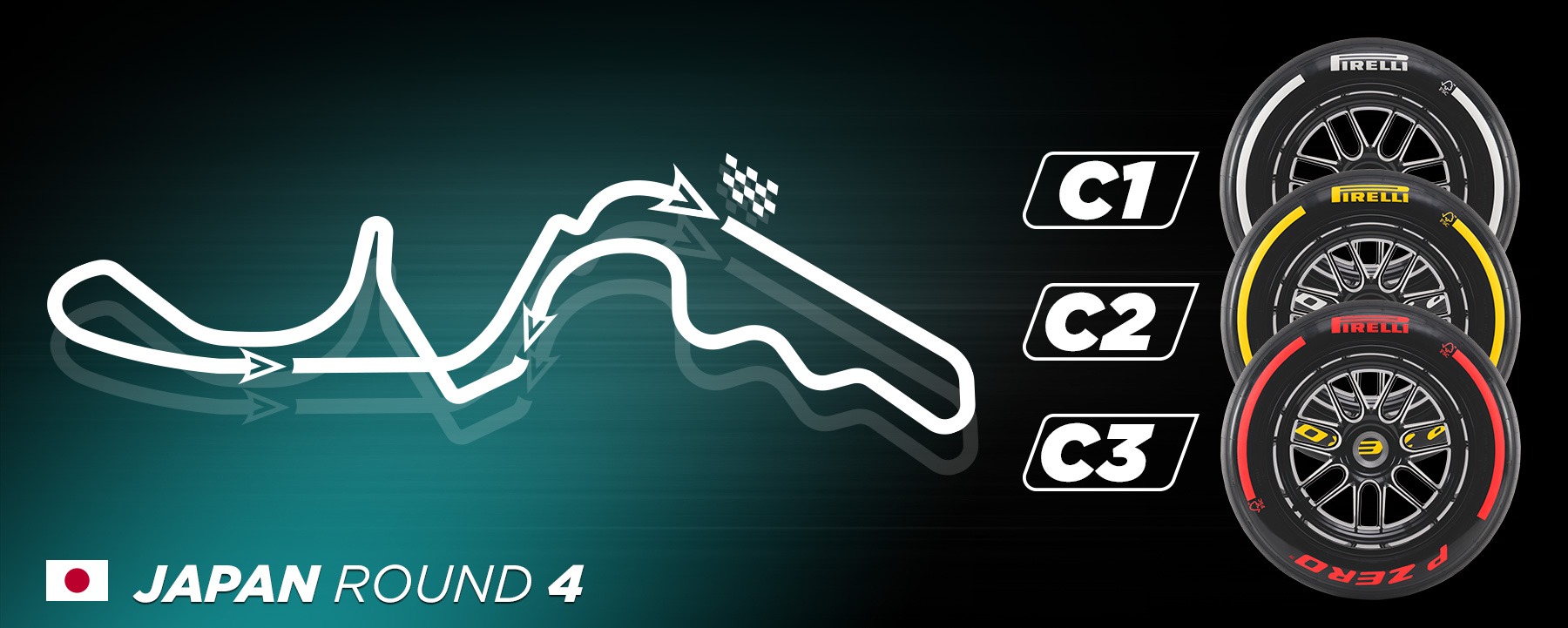

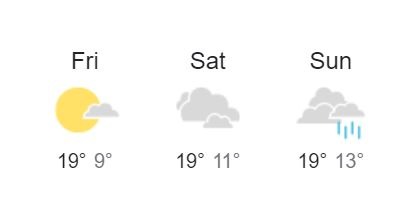


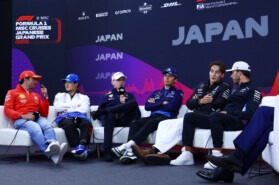









VER-LEC-SAI is coincidently also my initial podium trio prediction.
✅ Checkout the latest 50 F1 Fans comments.